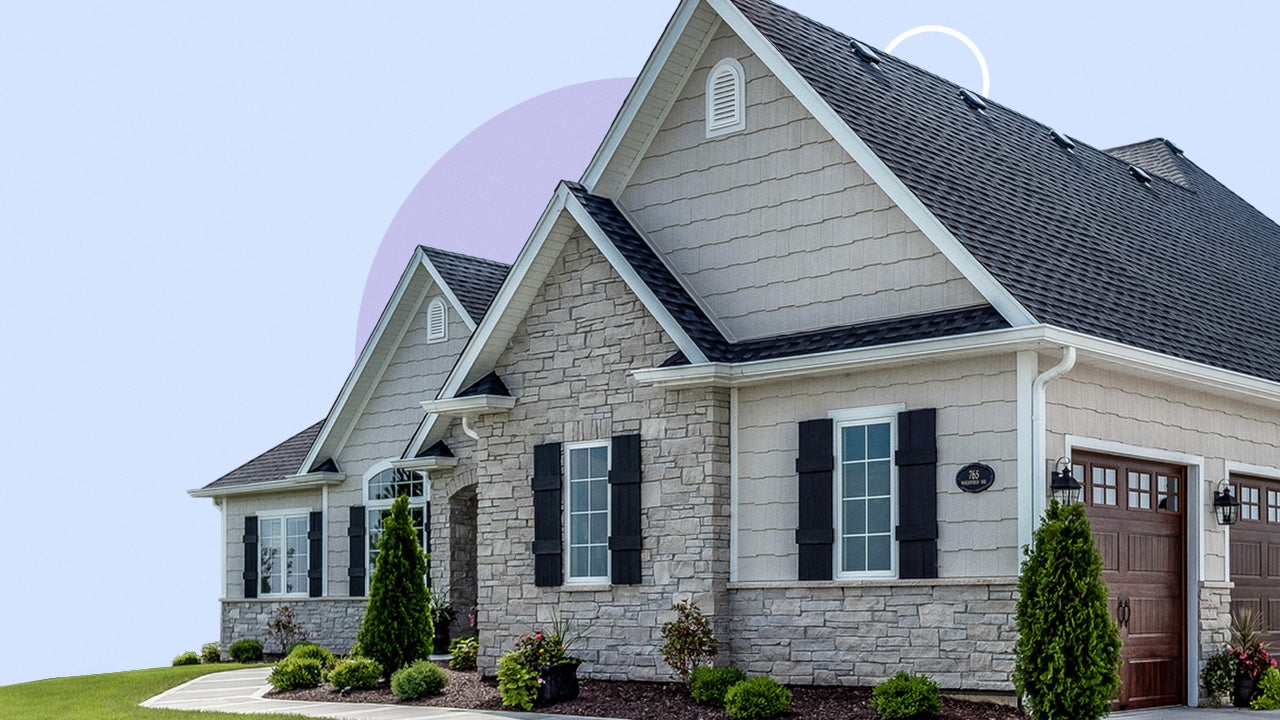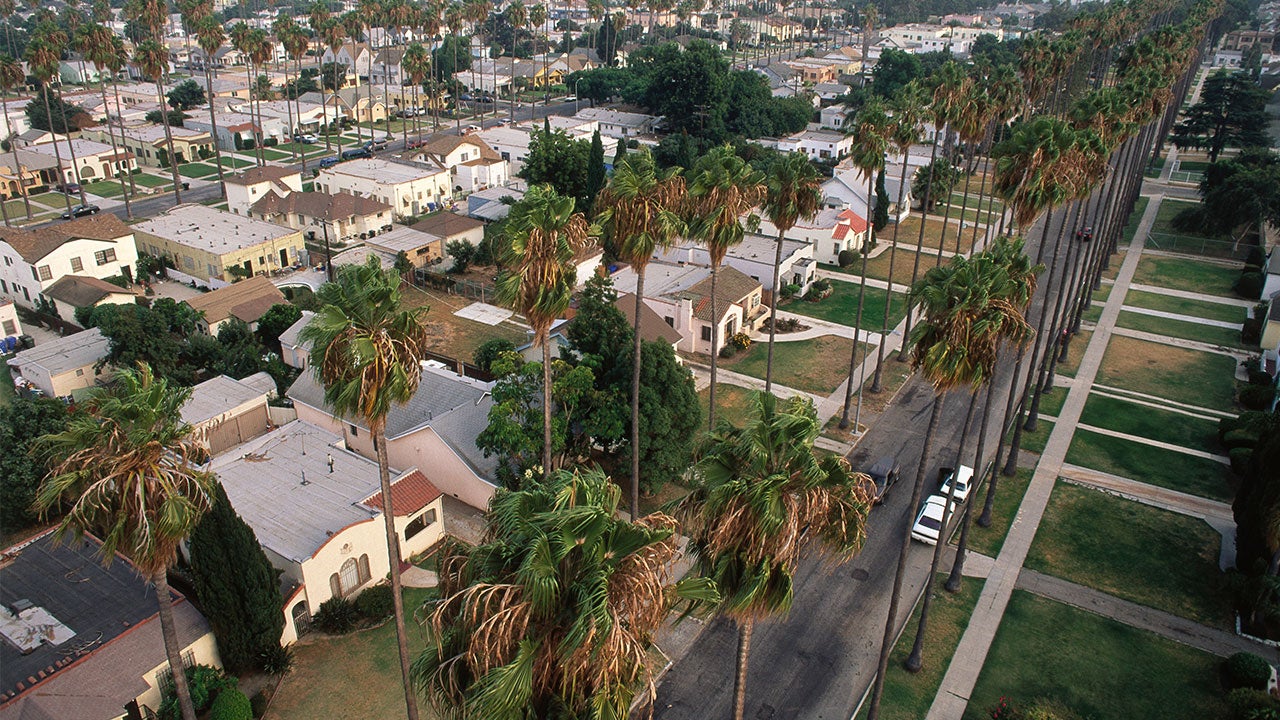Rising mortgage rates squeeze housing affordability

Housing affordability conditions remain challenging. Just 40.5 percent of homes sold during the second quarter of 2023 were affordable to families earning a typical income, down from 45.6 percent in the first quarter, according to the latest National Association of Home Builders/Wells Fargo Housing Opportunity Index.
The affordability squeeze comes after the coronavirus pandemic created a residential real estate boom, one characterized by record-high home values. As recently as the first quarter of 2020, the start of the pandemic, fully two-thirds of homes were in reach of typical buyers, ones earning the U.S. median income of $96,300. But prices have been pushed up by strong demand and sparse inventory. When mortgage rates started climbing in mid-2022, potential buyers began feeling a severe pinch. And they still are, even though the rise in home prices has slowed somewhat.
3 factors drive affordability
The home builders’ index looks at three variables: home prices, mortgage rates and incomes. The affordability study shows nationwide home prices remain high, although they’ve fallen from the record set in 2022. The median price of all homes sold in the first quarter was $388,000, up from $365,000 in the first quarter.
In a trend that tightened the affordability squeeze, average mortgage rates rose to 6.59 percent in the second quarter of 2023. They’re still more than double the average rate of 3.16 percent in the fourth quarter of 2021. While wages have been growing, too — median income rose to $96,300 in 2023 from $90,000 in 2022, a 7 percent increase, according to the index — the interest rates’ increase offsets that to a large degree.
“Rising mortgage rates in 2023 that peaked near 7 percent recently have been a major factor in declining affordability conditions,” National Association of Home Builders Chief Economist Robert Dietz said in a statement. In an additional pressure on affordability, construction costs have continued to rise.
The 5 most affordable metros
Home prices and incomes vary widely around the country. Oases of affordability do still exist, mainly in the Rust Belt and Midwest. The top five most affordable places among metro areas with populations of 500,000 or more:
Lansing, Michigan: This metro area has a median family income of $97,800 and a median home price of $165,000. As a result, 84 percent of homes were affordable for typical earners in the second quarter of 2023, the builders’ index says.
Scranton, Pennsylvania: This metro area has a median family income of $86,500 and a median home price of $168,000. As a result, 82 percent of homes were affordable for typical earners.
Harrisburg, Pennsylvania: As a result of modest home prices, 79.9 percent of all new and existing homes were affordable to families earning the area’s median income of $102,700. The median home price was $210,000.
Indianapolis: With a median family income of $99,400 and a median home price of $243,000, fully 77.5 percent of homes were in reach of median-income families.
Pittsburgh: The median sale price was $220,000, and 76.7 percent of all new and existing homes sold in the spring were affordable to families earning the area’s median income of $102,600.
The 5 least affordable metros
At the opposite end of the affordability spectrum, California dominates. The nation’s least-affordable markets are all in the Golden State:
Los Angeles-Long-Beach-Glendale: In a market with a median home price of $830,000, LA’s median income of just $97,500 doesn’t go far. As a result, only 3.2 percent of homes were affordable for typical families.
Anaheim-Santa Ana-Irvine: Orange County’s incomes are high: The typical family makes $127,400 this year. But home prices are higher, at a median of $1.01 million. That means just 4.6 percent of homes are in reach of average families.
San Diego-Carlsbad: San Diego has a median family income of $116,800 and a median home price of $825,000, translating to just 6.3 percent of homes falling in the typical buyer’s budget.
Oxnard-Thousand Oaks-Ventura: The area just north of LA has a median family income of $123,500 and a median home price of $800,000, translating to just 6.8 percent of homes falling in the typical buyer’s budget.
San Francisco-Redwood City-South San Francisco: Incomes are high here — the median is $177,200. However, prices are even higher — the typical home went for $1.45 million. That translates to just 7 percent of homes sold during the winter months falling in the range of affordability for families earning the area’s median income.
Housing affordability has been an ongoing challenge in California, even pre-dating the pandemic. Along with New York City and parts of the Pacific Northwest, it has seen strong demand and little new building since the Great Recession.
You may also like

Median home prices in every state

U.S. housing market: A nationwide overview




